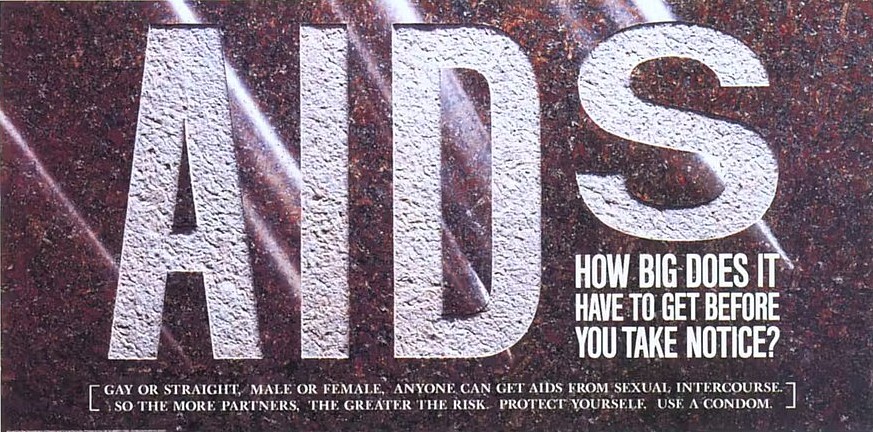Reprint
![]()
Scourge of the gays
Time Out, December 18 1981
A rare and dangerous disease whose victims are almost exclusively homosexual and bisexual men has hit Britain. Brian Deer explains why the specialists are worried
Doctors released the worst possible news for gay men last week with a report on the first death in Britain from one of the extraordinary ‘gay syndrome’ diseases which have stunned the US gay community during 1981.
A 49-year-old gay man died from pneumocystis carinii pneumonia (PCP) ten days after being admitted to the Brompton Hospital. He had lost weight over three months and suffered three weeks’ general malaise and progressive breathlessness.
His case is identical to a series of puzzling US reports collated by the federal Centers for Disease Control (CDC) in Atlanta. Brompton Hospital doctors believe it may be significant that their patient regularly visited the States.
The CDC is also studying a related outbreak, mostly in New York and California, of Kaposi’s sarcoma (KS) – an extremely rare skin cancer hardly ever seen outside parts of Africa. Its first symptoms are often violet or blue lumps.
Both diseases have risen dramatically during the year – almost exclusively among homosexual and bisexual men. By last week in the States the totals had reached: 75 of PCP, 77 of KS, 18 of both, and 13 cases of other infections, like herpes, which had become life-threatening.
Mortality rates are over 50 per cent for PCP and 20 per cent for KS. Early detection of the diseases is important, although before national publicity their great rarity caused many cases to be initially diagnosed as more common ailments.
What links the two diseases, apart from the lifestyle of most victims, is not fully understood. Tests which may show a connection with a generally rather minor infection, cytomegalovirus, are incomplete.
Although evidence of past or present cytomegalovirus shows in all successful tests on PCP and KS patients, nearly 95 per cent of gay men and 50 per cent of the general population will contract this at some time, so it cannot be a full explanation.
Speaking at a scientific conference in Chicago last month, Dr James Curran, who leads a CDC task force dealing with the problem, said: “Data suggests an epidemic of immuno-suppression is occurring, primarily among homosexual men.”
What this means is that the body’s natural defences against disease have been weakened. But this does not of itself explain why gay men should be contracting these very specific and rare complaints, which never occurred in similar circumstances before 1979.
Dr Harold Jaffe, a CDC task force member, agreed last week that a “factor X” was still sought. He said they were unable to explain the outbreak, but a consensus of opinion was forming around two competing hypotheses.
The first is that the cause may be found among drugs – either on prescription or off the street – used extensively by gay men. Amyl or butyl nitrite (poppers), used as stimulants, were especially strong candidates.
Alternatively, said Dr Jaffe, the epidemic may be due to a new and previously unrecognised strain of an infectious agent – possibly comparable with Legionnaires’ disease. This agent may or may not be a virus.
He added: “We have no evidence at the moment that it is transmitted from person to person, but this is something we are concerned about.”
In recent months, British specialists have become increasingly interested in US developments, and current speculation in medical circles is about when, rather than whether, further PCP and the first KS cases will turn up here.
“We have to be careful not to be alarmist,” a London doctor closely involved said last week. “The numbers we are talking about are very small. But I think this problem is going to become a large one.”

RELATED:
AIDS: “The world’s first Aids vaccine”
